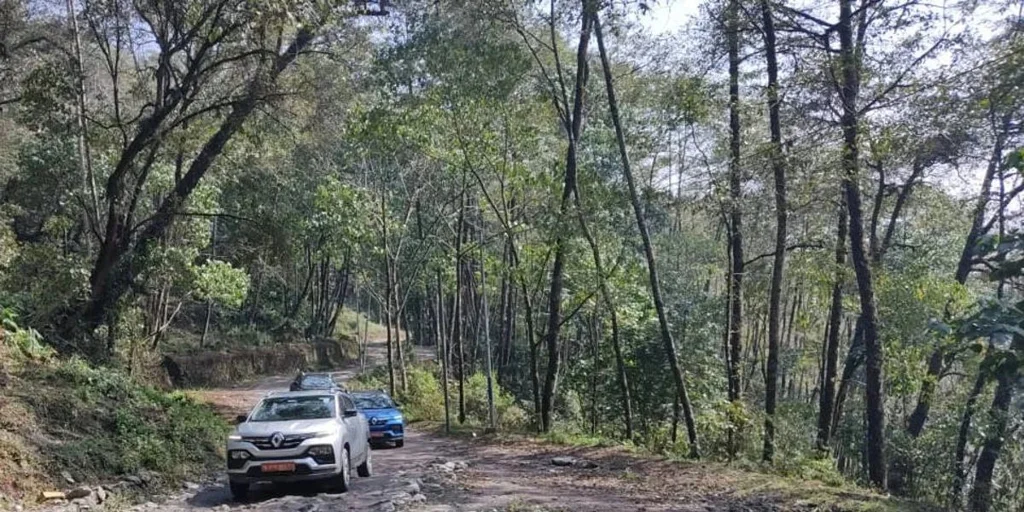
People travel for a variety of purposes, including commuting, work, and shopping, and the amount of time they spend traveling varies from day to day and from person to person. But surprisingly, people tend to travel from place to place. … That’s 1.3 hours (78 minutes) per day, no matter where you are in the world or how wealthy you are.
This is reflected in an international study led by the Autonomous University of Barcelona’s Institute of Environmental Science and Technology (ICTA-UAB) and Canada’s McGill University, which concluded that people all over the world spend the same amount of time each day traveling, and that time remains constant regardless of where they live or their standard of living.
Using personal and business travel data from 43 countries representing more than half of the world’s population, the analysis found that societies tended to stabilize their total daily travel time at around 78 minutes, with fluctuations of only 12 minutes (between 66 and 90 minutes).
This travel time convergence is independent of the mode of transportation (walking, biking, car) or distance traveled. Researchers suggest the condition is caused by a combination of a “deep psychological need to observe the environment” and “practical personal constraints” that prevent people from spending too much time commuting.
The study also infers that faster speed means traveling farther, but not less. According to the study’s author, Eric Galbraith, people “increasing speed and efficiency do not cause them to travel less, but rather to travel further.”
Although technological advances have made vehicles more efficient, global transportation energy consumption continues to increase. The study, published in the journal Environment Research Letters, emphasizes that the key to future energy consumption lies in the energy used per hour of travel, rather than the energy used per kilometer traveled.
Key to reducing energy consumption Given that daily commute times remain stable at 78 minutes, this study concludes that the key to reducing energy consumption at a population level is to design communities that encourage low levels of energy consumption during those times.
Researchers argue that this convergence in travel times is a powerful tool for predicting how societies will respond to technological change and transportation policy. If the total travel time remains constant, changes in behavior will change how that time is distributed among different modes of transportation and thus energy consumption.
The study’s calculations show that cities with combustion vehicles can consume up to 100 times more energy per person than pedestrian cities, even if vehicles are relatively efficient per kilometer.
“Policies that allow people to choose transportation modes that use less energy per hour are most effective at reducing transportation energy demand,” said co-author William Fazizel, a PhD student at McGill University. The study concludes that policy makers and urban planners have an important role to play in promoting modes of transport that use less energy per hour, such as walking, cycling and using electric public transport.



